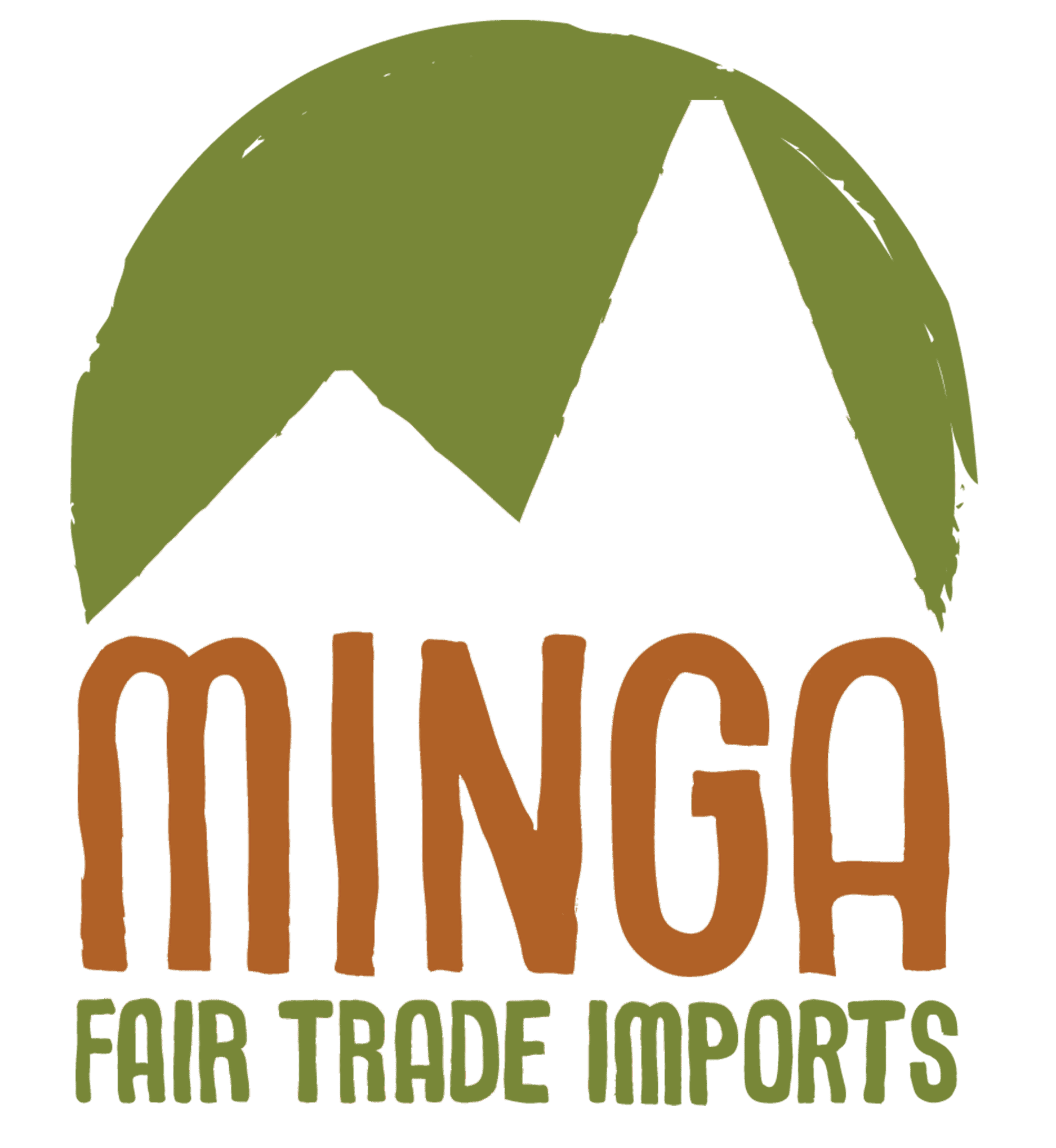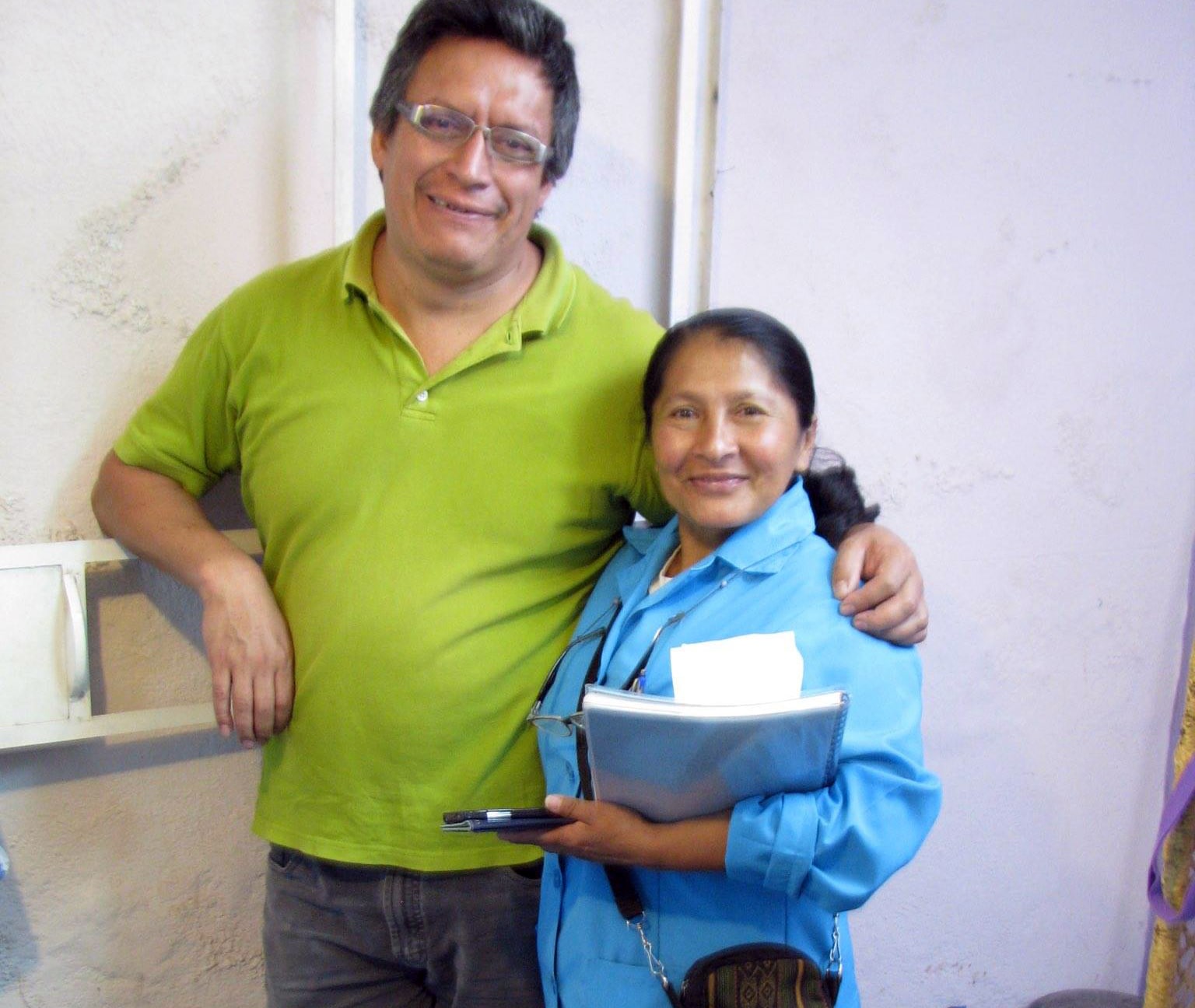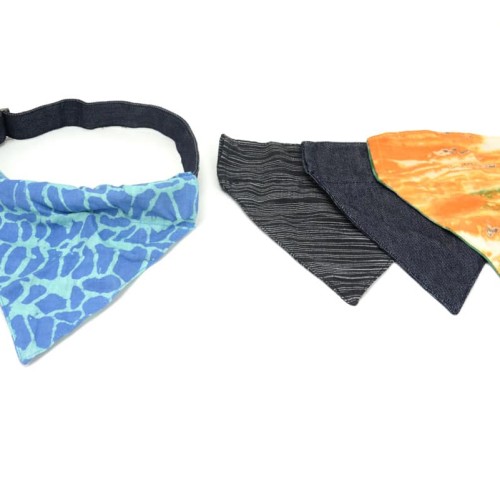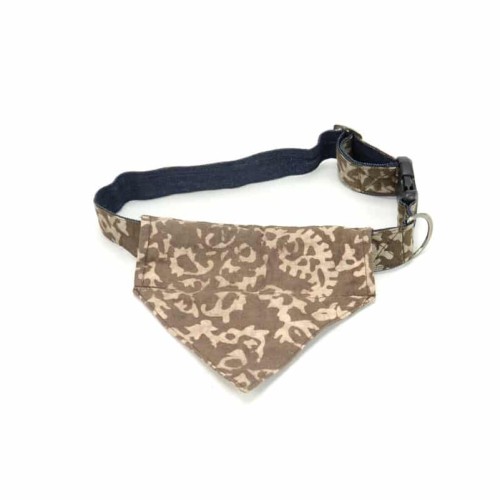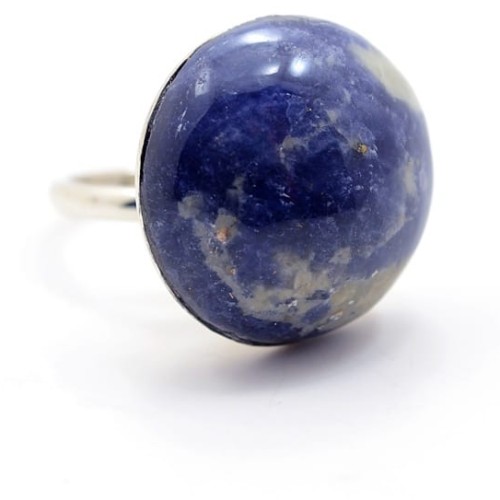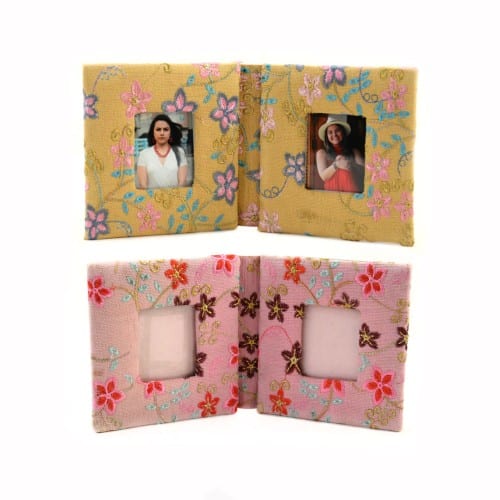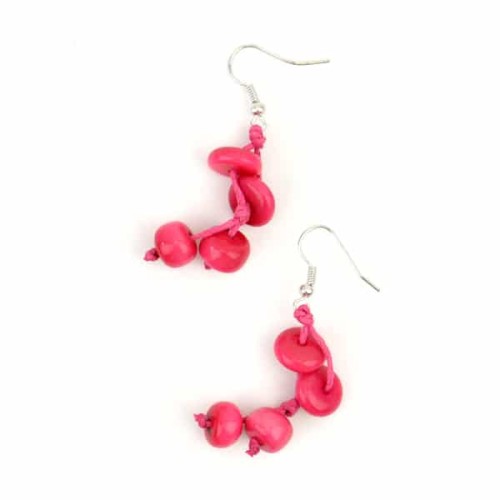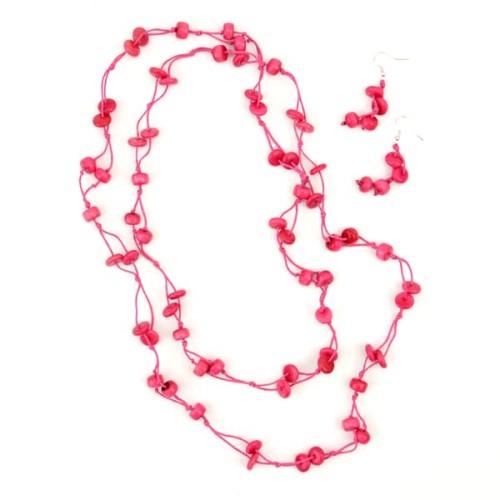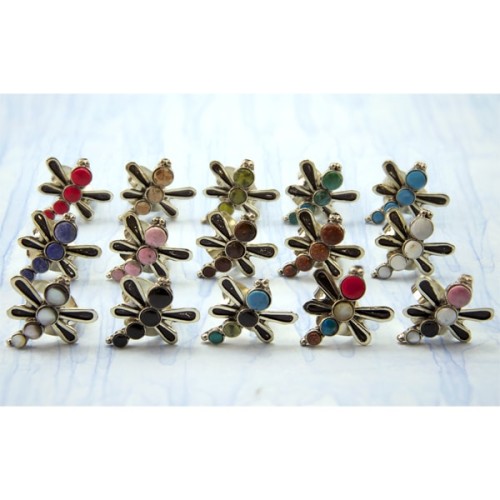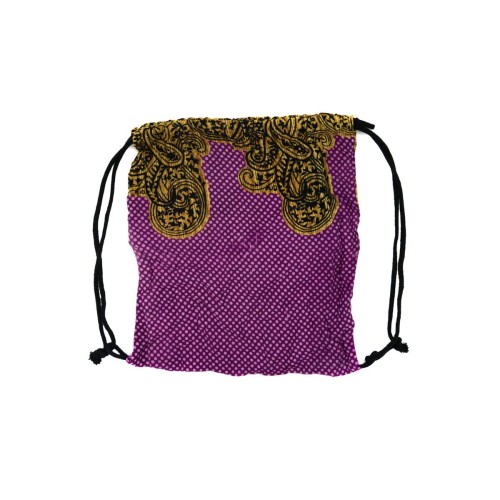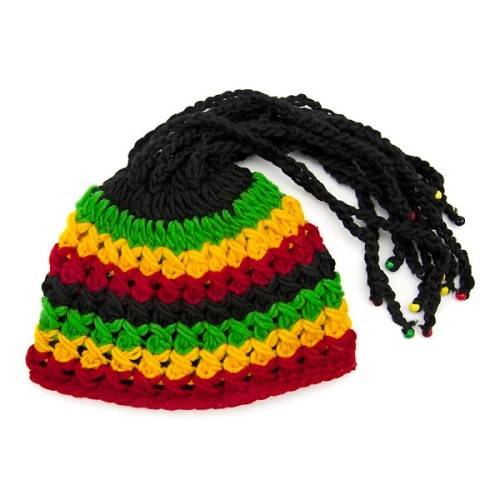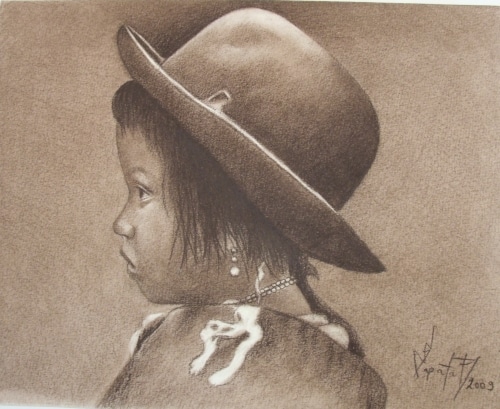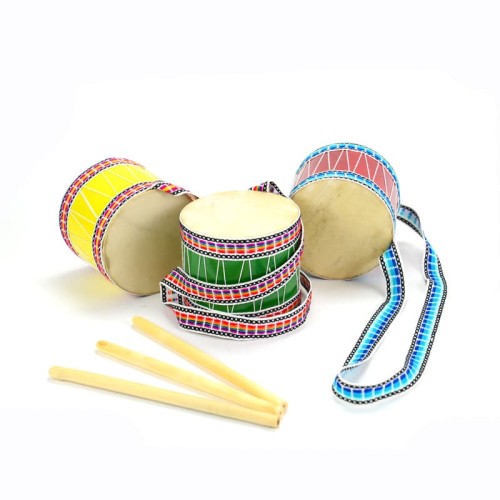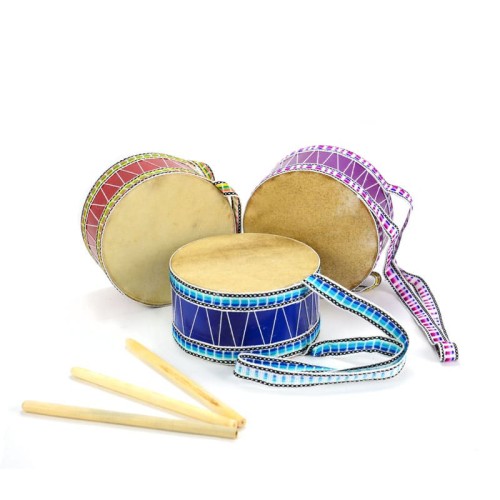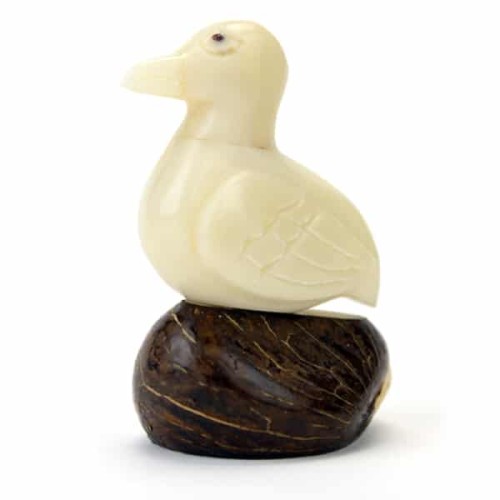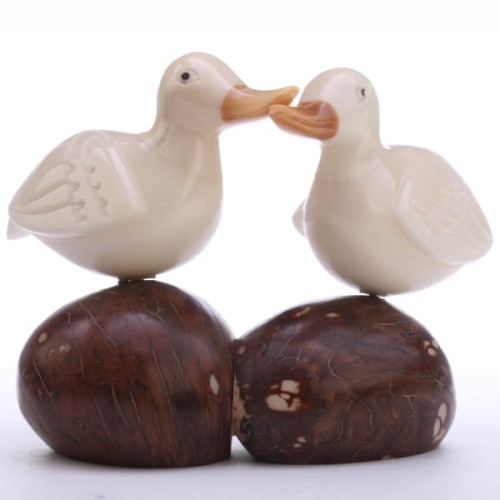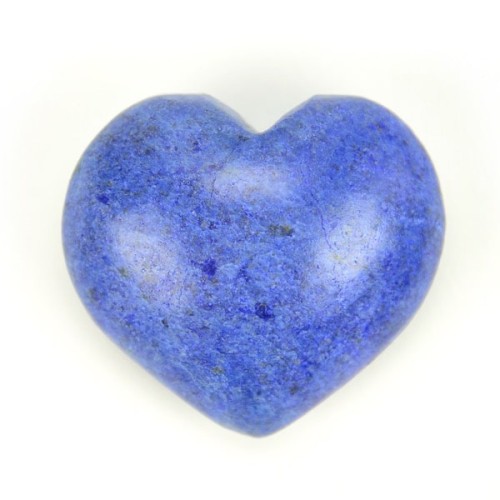Working with Minga since 2007
Workshop: Quito, Ecuador
Products: Jewelry – Tagua
Magdalena is the older of this amiable couple. She was born in 1967 in the countryside in Manabí province near the coast. Albert was born in 1972 in Baños. Magdalena laughs and says she was the country gal and he the city boy. They met in high school in fall of 1991 and were married in July of the following summer.
They have three children and three grandchildren. Their daughter Diana is married with three children. They adore having grandchildren. Their two youngest boys, Mauricio and Fernando, are what Albert calls “barons”—or young men. They live at home and attend college, one studying engineering and accounting and the other automotive mechanics. It seems the perfect use of their inheritance from their parents. Albert is a gifted mechanic; he designed and built many of their machines to process the raw tagua. Magdalena is the business head of the family. She likes keeping the accounts. She is the manager of their workshop, and she has to be fairly strict about quality control, schedules, tardiness, and so forth, or things would fall apart. They are both very intense and passionate about their work and the opportunity to give work to more women who need it. They laugh easily, but it has not been an easy road for them.
When they first married, Albert worked for an Italian button-maker in Esmeraldas. Magdalena says simply, “They robbed us.” Albert worked on all the machinery for the factory. One day they came to work and everything was gone. They had not been paid for six months. All their paychecks bounced. They had no food in the house, and a small baby to care for. Albert had a friend in Riobamba who knew how to carve tagua. He learned from his friend and started to make small animal figurines from this durable white palm seed, about the size of a toddler’s fist. It looks and feels similar to ivory and has been used to replace animal ivory since the 20’s. Albert remembers to this day their first products—his was an elephant and hers was a turtle.
They continued to carve tagua figurines for about ten years. Magdalena liked to make birds, especially toucans. Albert liked to make jungle animals. When they lived in Esmeraldas, near the beach, Magdalena used to walk up and down the beach selling their work, her small daughter in tow. She used to sell necklaces of tagua draped over both arms, as well as the animal figurines. She is a natural-born saleswoman, and she enjoys the work, but by 1995, the country was in the throes of a severe economic crisis, and no one was buying. They began raising chickens, painting houses, working in the fields with machetes, anything they could find to keep themselves going. Magdalena continued going from shop to shop selling tagua and anything she could find that might attract a buyer.
The crisis got so bad, they decided to return to Quito. They found a remote place to live, which was cheap. She went out selling everywhere—the shops, the airport, on the street, her daughter and then her oldest son carrying boxes of tagua jewelry and figurines. In her own words she says, “There was much suffering.” Albert invested a lot of time in building machinery that would allow them to make more tagua items and therefore potentially increase their income. She left the house to wash clothes for other women in their homes. She also sold tagua, as before. In order to capitalize their business, she sold papas fritas (fried potatoes) in the streets. Little by little, they acquired the things they needed to start their business. It is a painful history to remember. “penoso” is the word she uses.
At one point, even before the crisis, Magdalena had been considering going to Spain to get enough work to send money back to her family. A friend of hers from France advised her against it, saying it was better to work here than look for another place. She might not find anything, and then what? So they stayed with her family, working in tagua, trying to find ways to make more than the 20 figurines they could make in 18 hours. They worked at anything else that came along, too. She relates now that it took much work, much patience and much faith.
Albert eventually constructed a polishing machine, and because of that, they moved more into producing jewelry, even though the animals were Albert’s preference. At first they couldn’t find many buyers. The jewelry was polished, but it was the natural ivory color of the tagua. They were giving away samples to try to attract clients. Then they began to dye the pieces, which was not at all common in those days. Their market began to grow. In 2006, they met someone at a conference who sold to Minga and recommended Albert and Magdalena to the owner of Minga, Chris Keefe. Chris contacted them in January 2007. They were able to employ four people that year, and because they had enough sales to start construction of their current home. They would not have been able to do this, Magdalena says, without the help of a local cooperative bank, which lent them the money.
The past eight years have been good. They now employ 15 women in their jewelry-making business. The increase in their sales has been about 25%. They are grateful for the strength they have had to persevere, for the help of the co-op, and especially for the support of their workers who have learned and grown and are now very skilled.
Magdalena does most of the training of new employees. She notes that some people are easier to train than others. A few even after two years only have two or three of the skills needed for the work (there are seven basic ones). But some of the others catch on very quickly and she relies on them to help keep things on track among the older employees (although she has to peek, she jokes).
They also try to give incentives, such as an annual. In May, there is a bonus for school costs such as books and uniforms. They sometimes ask the women what they want for lunch and then bring it to them. They have little excursions, and annually, a large one with families invited to the beach (about 2 hours away by car). There are fifteen days of paid vacation per year, and one day extra for each year worked beyond five years.
In the workshop women are seated around a long table with matching hair covers and shop coats. They heard about the job by word of mouth: from relatives, neighbors, and women who had worked there before and shared the discovered opportunity. They feel lucky—there are many, many more women looking for work who would be delighted to work here. Of the workers one is Magdalena’s sister, two or three others are relatives. Some are relatives of other workers. Albert says there are about four single moms. Albert and Magdalena like to give work opportunities to people who have the greatest need, remembering their own difficult days. Some of the women are mildly disabled. There is a great diversity of personalities and skills. Magdalena reflects that if she were in university, she would have a degree in psychology by now. The atmosphere in the workshop is relaxed and pleasant. Albert noted that since they had hired five more women, they needed more space, so he is seeking opportunities to rent something.
The workshop itself is divided into five separate areas: the design room, a large quiet room with a cloth-covered table to lay out designs and discuss them, bead production, with a lot of small rooms and equipment in each one, the dyeing room, with burners for six big dye vats and a sink, the polishing equipment (in the patio because of the noise of the tumbling beads), and the assembly room, where the finished pieces are completed. In their living room, the undyed tagua beads are counted into bags in the correct number for each color needed. It’s also the place where the finished pieces are stored prior to delivery.
Albert and Magdalena value their workers’ health. They provide masks (against the dust from carving and polishing the tagua), safety goggles (for the women using the machinery to drill, saw and shape the tagua), and ear protectors (against the loud sounds of the machinery). There is a large first aid kit in the workrooms where they use the machinery and also in the dye room where they boil the tagua pieces. Magdalena is passionate about getting the women to wear the protective gear. Some of them don’t like to wear it or don’t think they really need it. She tells them they have a responsibility as mothers to keep themselves safe, because otherwise how are their families going to be cared for?
When asked what they would want us to tell our customers about them and about their work. Albert’s reply was, “Say to the customers, thank you. Say to the sellers, thank you.” Magdalena added, “We know it is not easy to sell, to endure the ups and downs.”
In the beginning they argued about what to make, jewelry or animals. But after twenty years, they are a good team. They respect each other’s skills and contributions and look for the solution “in the middle,” rather than trying to win an argument. She is very firm, is very good at discipline, at business and sales, figuring out costs and benefits. He is very good at figuring out plans, processes, how to do something, and both are skilled at negotiating conflicts. Albert says, “It’s no good just to hire someone to do a job. You have to know their families, their needs, their personalities, the world inside their head.” Sometimes things come up, like adolescents getting into trouble, key family members being hospitalized, accidents, etc., that affect everyone’s success. Sometimes Magdalena gets frustrated with situations, but she can talk it out with Albert and come out in a better place.
Something different about their business is that they buy the tagua raw and dried. That means every single bead has to be manufactured by hand. They use tools to cut them, polish them, dye them, but each piece is cut and shaped separately. Quality control is about finding those pieces that still have a bit of bark on them or have cuts in accidental places or are not the right shape or color. Once the bead is incorporated into a piece of jewelry, Ximena Flores is responsible for supervising to see that it is removed and the piece restrung. She also looks for elastic too tight or too loose, ends not covered or dangling and so forth and directs the person to remake them.
What inspires them in the design work? Magdalena says she dreams new designs, choosing colors and so forth in her sleep. She gets ideas from fashions she sees, the seasons. She watches and observes what colors people like, what shapes. That said, there are always changes to every design from the client. She can only remember about three times a client has accepted a design as presented. She says that is good, because they might get as many as 7 or 8 designs from the one model with all the suggestions for changes. Sometimes the machinery will suggest possibilities. They have a new laser machine that they are experimenting with in cutting designs out of a flat piece of tagua.
Their dreams include good health, love within their family and to have a strong household for the children. Magdalena says that “my dream is to ask for good health, love within our family, and to have a house together for the children.”
Search Products by Albert & Magdalena »
Showing 481–500 of 1578 results
Showing 481–500 of 1578 results
